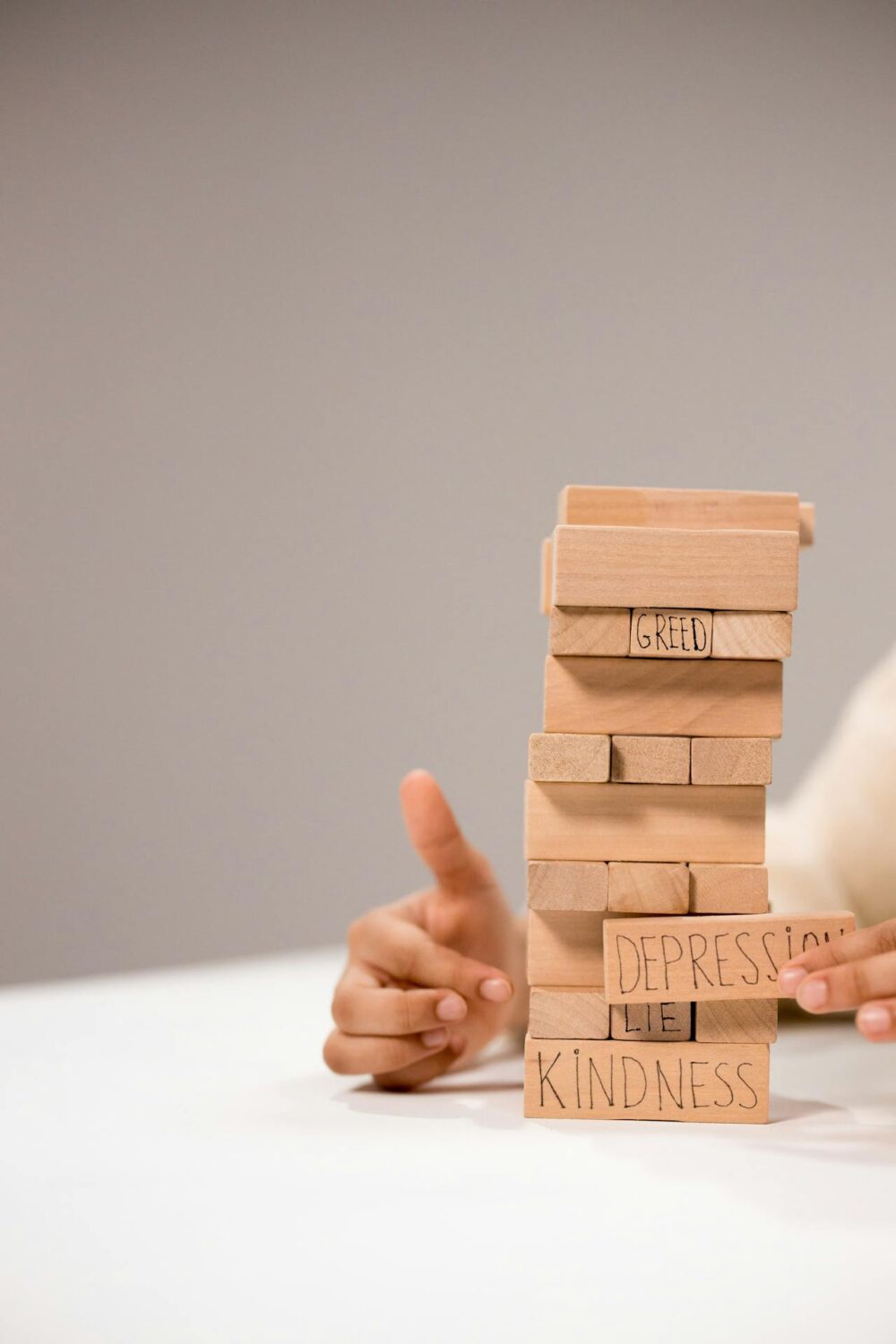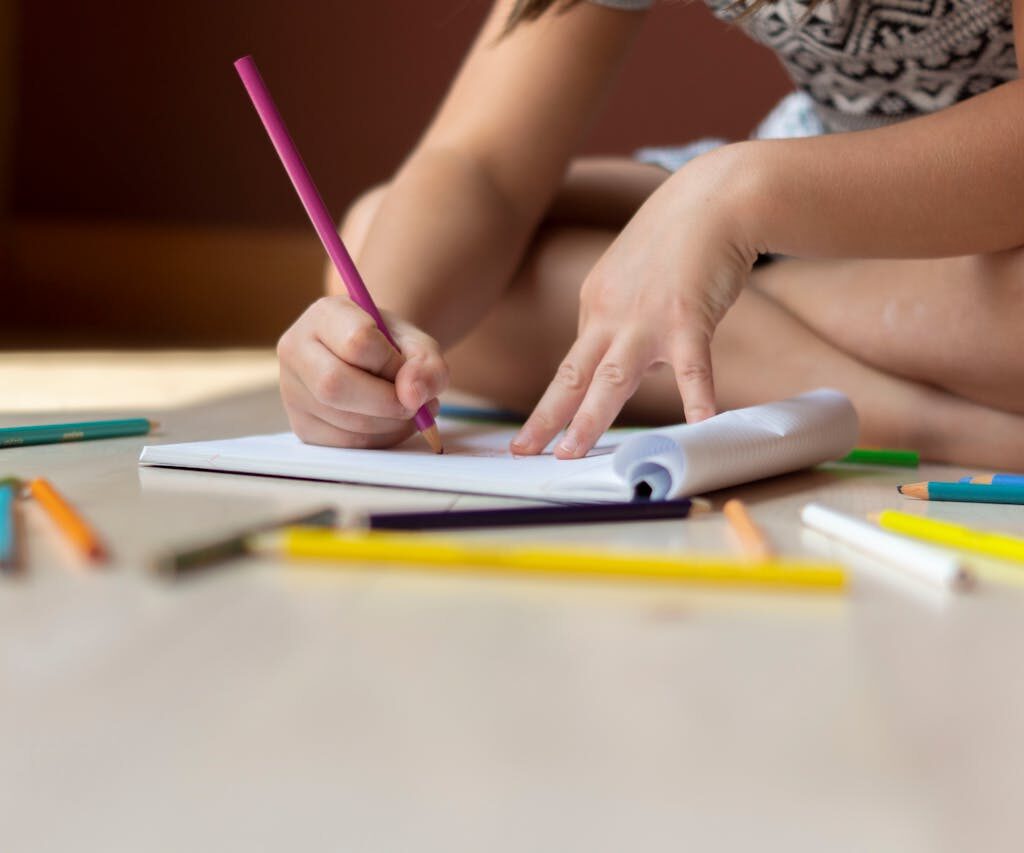Emotional regulation is one of the most important life skills children can learn—and one of the most rewarding gifts a parent can teach. In a world full of sensory overload and social pressure, kids need practical tools to help them navigate overwhelming moments and discover calm within chaos. But emotional regulation isn’t just about being calm—it’s about understanding feelings, expressing them appropriately, and building resilience.
As a parent, you don’t need a degree in psychology or a playbook of magic phrases. What you do need is consistency, connection, and a few simple habits that make emotional regulation part of everyday life. Here are five approachable strategies that help children better manage their emotions—with guidance, not control.
🧘♂️ 1. Be the Calm in Their Storm

Children model what they see. When they witness a parent managing stress with patience and grace, they’re learning a critical lesson: emotions can be felt deeply and handled wisely.
- During stressful moments, speak slowly and softly.
- Narrate your own emotions to model emotional literacy: “I’m feeling frustrated, so I’m going to take a deep breath before I respond.”
- Stay close and stay grounded. You don’t need to fix everything—just be present.
This calm presence offers a sense of safety and helps children internalize the rhythm of regulation.
🫶 2. Validate First, Problem-Solve Later
When a child melts down, it’s easy to jump into solutions. But first—pause and validate.
- Say things like: “You look really angry right now, and that’s okay. I’m here with you.” “It’s totally normal to feel sad when plans change.”
- Avoid brushing feelings aside or trying to “fix” them too quickly.
- Sometimes, the best emotional tool is a hug or quiet acknowledgment.

Validation tells a child: “Your emotions matter. You’re allowed to feel.”
📚 3. Teach the Language of Emotions
You can’t regulate what you can’t name. Children thrive when they learn a vocabulary for feelings.
- Use books, games, or charts to explore emotions like happy, worried, disappointed, excited.
- Practice with everyday scenarios: “What do you think the character felt when that happened?” “How did you feel when your tower fell over?”
- Encourage descriptive language: “Are you angry, or more frustrated because it didn’t go the way you wanted?”
The more children learn to name their emotions, the better they become at communicating and resolving them.

🌀 4. Build a Toolbox of Coping Skills
Coping strategies are like emotional first-aid kits—they help children manage difficult feelings before they escalate.
- Practice deep belly breathing together. Call it “dragon breaths” or “balloon belly” to make it engaging.
- Create a calming corner filled with sensory toys, books, and soothing music.
- Use counting techniques, stretching, or short mindful pauses.
Introduce these tools during calm moments, so children can access them when big feelings arise. And better yet—practice them with your child. Shared regulation builds connection.
🎨 5. Encourage Expression Through Creativity
Not all emotions come with words. Children often express their inner world through play, art, and movement.
- Invite them to draw how they feel, build stories with toys, or use puppets to role-play emotional scenarios.
- Encourage journaling or sketching for older kids.
- Let emotions be part of daily routines—something that’s acknowledged, explored, and honored.

Creative outlets offer a safe space for feelings to be processed naturally and gently. And for kids who struggle to articulate their emotions verbally, play may be the most accessible path to understanding.
🌟 Final Thoughts
Emotionally healthy kids don’t suppress their feelings—they learn to understand, express, and work through them. As a parent, you have the power to shape this emotional journey with empathy, patience, and intention. And even on tough days, you’re still their safe harbor.
Let your home be a place where emotions are respected, explored, and regulated—not feared or denied. When emotional literacy becomes a family habit, your child develops the lifelong ability to ride out storms and reach calmer shores.





